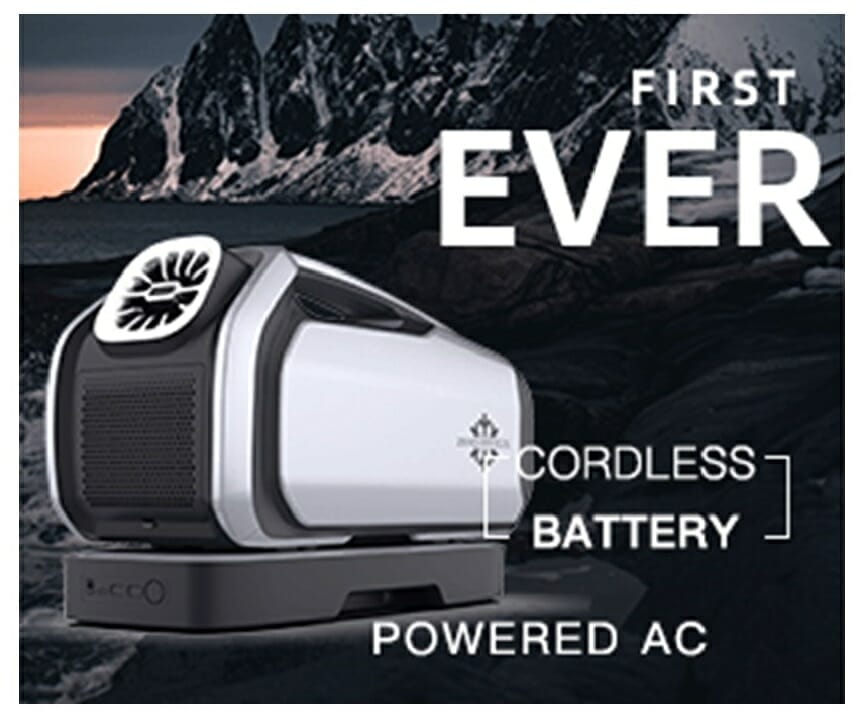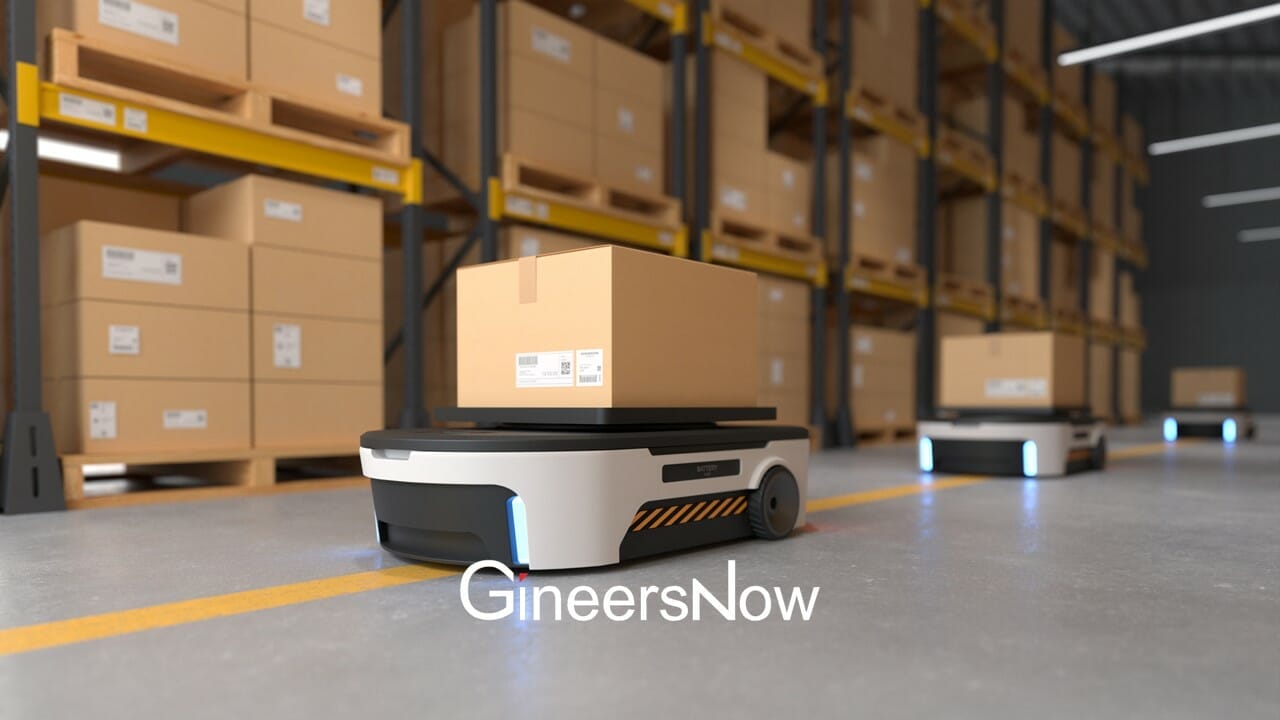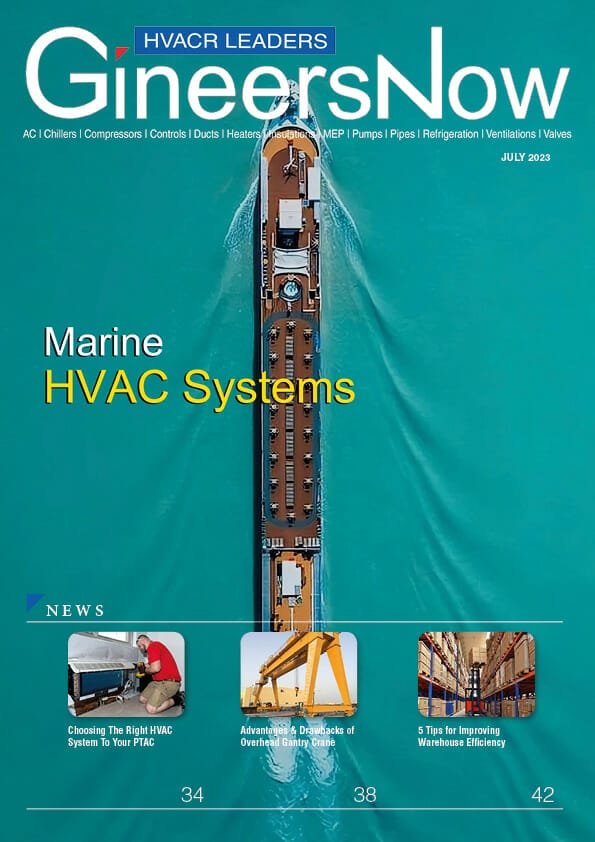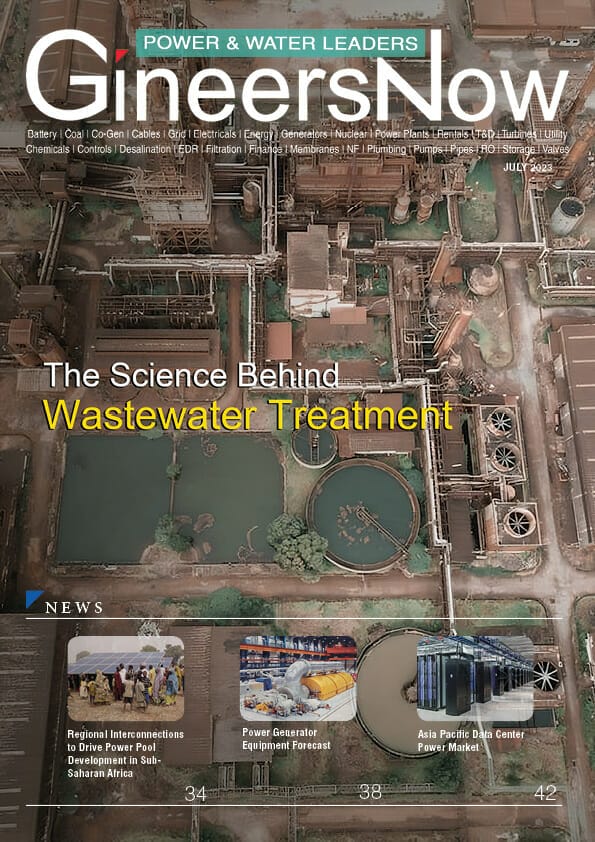Learn the latest trends and technology in detecting refrigerant leaks. Stay up-to-date with new approaches and technologies to diagnose potential problems quickly and efficiently.
Detecting refrigerant leaks is critical to maintaining air conditioners, refrigerators, and other cooling systems. This task was time-consuming and costly in the past because technicians had to inspect appliances for any signs of a leak manually. However, with new technologies, it is now much easier to detect refrigerant leaks quickly and accurately. The latest technology offers improved accuracy when detecting leaks and greater inspection efficiency.
What are Refrigerant Leaks?
Refrigerant leaks are common in air conditioning systems, and detecting them is essential to maintenance. If a leak is undiagnosed and unfixed, it can result in costly repairs or replacements. It’s important to be aware of the signs that could indicate a refrigerant leak so that one can be quickly fixed before more damage occurs.
A refrigerant leak manifests as a decrease in cooling capacity from the air conditioner system, usually accompanied by an increase in energy costs. Other warning signs include ice buildup on pipes or near the evaporator coil and strange noises coming from the unit. The most effective way to detect a refrigerant leak is to call a professional who can use specialized equipment like pressure gauges, electronic sniffers, or ultraviolet lights to locate the source of any leaks within your air conditioning system.
Traditional Methods of Refrigerant Leak Detection
Refrigerant leaks are an all-too-common issue in refrigeration systems. Leaks can be difficult to detect without proper maintenance, as they often have no visible signs of damage or wear. Traditional refrigerant leak detection methods involve mechanical and chemical tests that allow technicians to detect even the smallest leaks.
For mechanical tests, technicians rely on tools such as ultrasonic detectors that rely on sound waves to locate a leak. These devices emit high-frequency sounds and then listen for gas emissions from potential leaks. Other instruments include pressure gauges, thermometers, and anemometers, which accurately measure air velocity and temperature changes to locate a leak source.
Causes: Common Reasons for Refrigerant Leaks
Refrigerant leaks are one of the most common causes of system failure in refrigeration systems. Refrigerant leaks can be caused by various factors, including age and wear-and-tear, corrosion, and improper installation. Detecting refrigerant leaks is essential to ensuring the system remains efficient and prevents costly repairs.
The most common cause of a refrigerant leak is normal wear and tear due to aging on an older system. As time passes, components may become damaged or worn out from extended use, leading to a decrease in pressure within the lines that can ultimately result in a leak. Corrosion can also lead to breaks and holes in piping over time, creating small seepages or large ruptures that could cause the refrigerants within the system to escape.
Detection: Current Methods of Detecting Refrigerant Leaks
Detecting refrigerant leaks is a critical task when it comes to maintaining air conditioning and refrigeration equipment. The use of halogen-containing substances in this equipment can pose a risk of fire, explosion, and environmental hazards if not properly managed. For this reason, it is important to detect any leaks that may occur in the system. In recent years, advancements in leak detection technology have made it easier and more efficient to detect refrigerant leaks as quickly as possible.
One current method of detecting refrigerant leaks is through infrared imaging technology. Using specialized cameras, technicians can inspect areas for signs of leakage without dismantling any part of the system itself. Thermal imaging allows these technicians to identify the exact location and size of the leak so that they can proceed with repairs or maintenance accordingly.
Technology: Latest Solutions in Detecting Refrigerant Leaks
As refrigerant technology develops, it is becoming increasingly important for businesses and homeowners to stay up-to-date with the latest solutions to detect refrigerant leaks. Keeping an eye out for potential leakages can help ensure systems function efficiently and reliably.
There are a variety of ways that one can detect a refrigerant leak, including the use of ultrasonic equipment as well as pressure and vacuum tests. Ultrasonic detectors scan for escaping gas molecules to detect any existing refrigerant leaks. Pressure or vacuum tests involve monitoring pressures within the system to identify if there has been a drop in pressure due to leakage. Visual inspections are also useful when looking for possible signs of leakage, such as oil drips or frost build-up on pipes and joints.
Challenges of Refrigerant Leak Detection New Technology
The advancement of technology has opened the door to countless benefits for society. But, with each new development, there are obstacles to overcome. When it comes to detecting refrigerant leaks, the challenges posed by new technology can be formidable.
Refrigerants are a necessary part of everyday life and are found in many types of equipment, from home air conditioning units to large commercial HVAC systems. For these systems to run efficiently and safely, it is important that any leaks are identified quickly and repaired as soon as possible. Unfortunately, this task is not always easy due to changes in modern technology.
Newer refrigerants have properties that make them harder to detect with traditional methods such as visual inspection or sniffing techniques. Meanwhile, advancements in insulation materials can reduce the effectiveness of infrared cameras when attempting to locate leaks.
Benefits: Advantages of Detecting Refrigerant Leaks
Detecting refrigerant leaks is important for maintaining air conditioning and refrigeration systems. Not only does this help to ensure that the system operates efficiently, but it also helps to avoid costly repairs in the future. The benefits associated with detecting refrigerant leaks are numerous, from avoiding costly repairs and energy waste to creating a more comfortable environment for occupants.
First, detecting a refrigerant leak can save money in the long run by preventing system damage caused by undetected leaks. If left unchecked, these types of problems can lead to expensive repairs or even the replacement of entire parts of the system. Additionally, detecting a leak quickly can help reduce energy loss, as leaking coolant reduces overall efficiency and increases utility bills.
Financial Impact of Refrigerant Leaks
Refrigerant leaks can have significant financial impacts on both the environment and businesses. Detecting these leaks is essential for avoiding further damage and saving money. Refrigerant is a key component of commercial air conditioning systems, which require regular maintenance to ensure that they are functioning efficiently without any loss of refrigerant. A refrigerant leak can cause considerable financial losses due to having to replace or repair the system and wasted energy costs associated with cooling an area with poor insulation or other issues caused by the leak.
In addition, leaking refrigerants are hazardous chemicals that can contribute to environmental pollution if not detected and dealt with quickly. If left unchecked, they can cause serious health problems in humans and animals alike – so it’s important to take steps to prevent them from happening in the first place.
Read GineersNow HVAC Magazine for FREE
Editor’s Note
Stay up to date on the latest trends in detecting refrigerant leaks. Learn about the newest technologies, methods, and techniques for finding and fixing refrigerant leaks quickly and efficiently.
Refrigerant leaks can cause significant problems for various industries, ranging from air conditioning to food storage. To prevent these costly and hazardous leaks, businesses must have access to the most up-to-date methods of detecting them. This article will explore the latest technology in detecting refrigerant leaks, outlining how it works and its advantages over traditional leak detection systems. Understanding this new technology is important for companies looking to keep their premises safe and provide reliable services.
Detecting refrigerant leaks is an increasingly important topic in the world of HVAC technology due to its potential implications for human health and safety. With new technologies and methods being developed regularly, technicians must stay up-to-date with the latest trends in detecting refrigerant leaks.
Using infrared cameras has become one of the most popular methods for accurately detecting refrigerant leaks. These cameras are designed to detect small variations in temperature, making them ideal for locating even minor changes that could indicate a leak. Using these cameras, technicians can quickly identify potential issues before they escalate into more serious problems.
In addition to infrared cameras, ultrasonic detectors have become popular tools for detecting refrigerant leaks, as they can detect even the smallest amounts of escaping gas molecules.
Using the latest technology to detect refrigerant leaks is a critical component in helping prevent and protect our environment from the damaging effects of refrigerants. With the development of new technologies, such as ultrasonics and infrared cameras, it is now easier to identify and repair these leaks quickly and effectively. This means less environmental damage and fewer costs associated with refrigerant leakage.
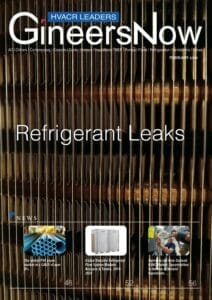
Wrapping Up: Detecting Refrigerant Leaks
In conclusion, the latest technology for detecting refrigerant leaks is an invaluable asset to the HVAC industry. It allows technicians to work faster and more efficiently while providing customers with peace that their equipment is being serviced properly. Further, these technologies are becoming increasingly accessible, allowing businesses of all sizes to benefit from the ease and accuracy of automated leak detection systems. By investing in leak detection technology, companies can save time and money while ensuring a higher level of quality across the board.



